Otos Manor | from the Finca Altos de Erapuca Cafe in San Juan, Honduras
Honduras
Honduras
Raw bean information:
Country country: Honduras
Region Origin: San Juan Theodore
Manor: Finca Altos de Erapuca
Otos Manor
Altitude altitude: 1300
Varietal variety: Kaduai
Process treatment: Washed washing
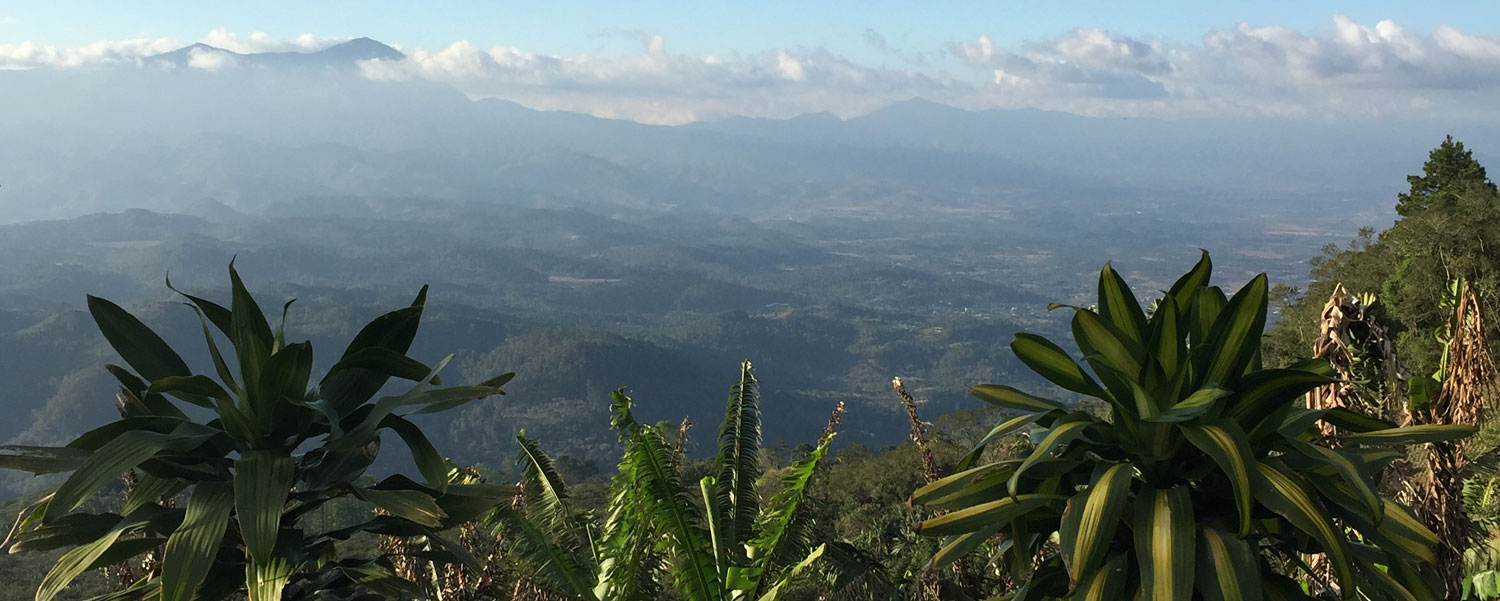
| 01 | production area profile |
Honduras is located in the north of Central America, facing the Caribbean Sea to the north, the Gulf of Fonseca in the Pacific Ocean to the south, Nicaragua and El Salvador to the east and south, and Guatemala to the west, mostly mountains and plateaus. It has a tropical climate, mild temperature and abundant rainfall, so it is an ideal place for coffee growth.
Honduras produces two kinds of coffee of very good quality, which are highly respected by coffee lovers. One is "Highland Coffee", which grows at an altitude of 1000 to 1500 meters, and the other is "selected Highland Coffee", which represents the highest level of Honduras, which grows at an altitude of 1500 to 2000 meters. Most of the Honduran coffee is exported to the United States and Germany.
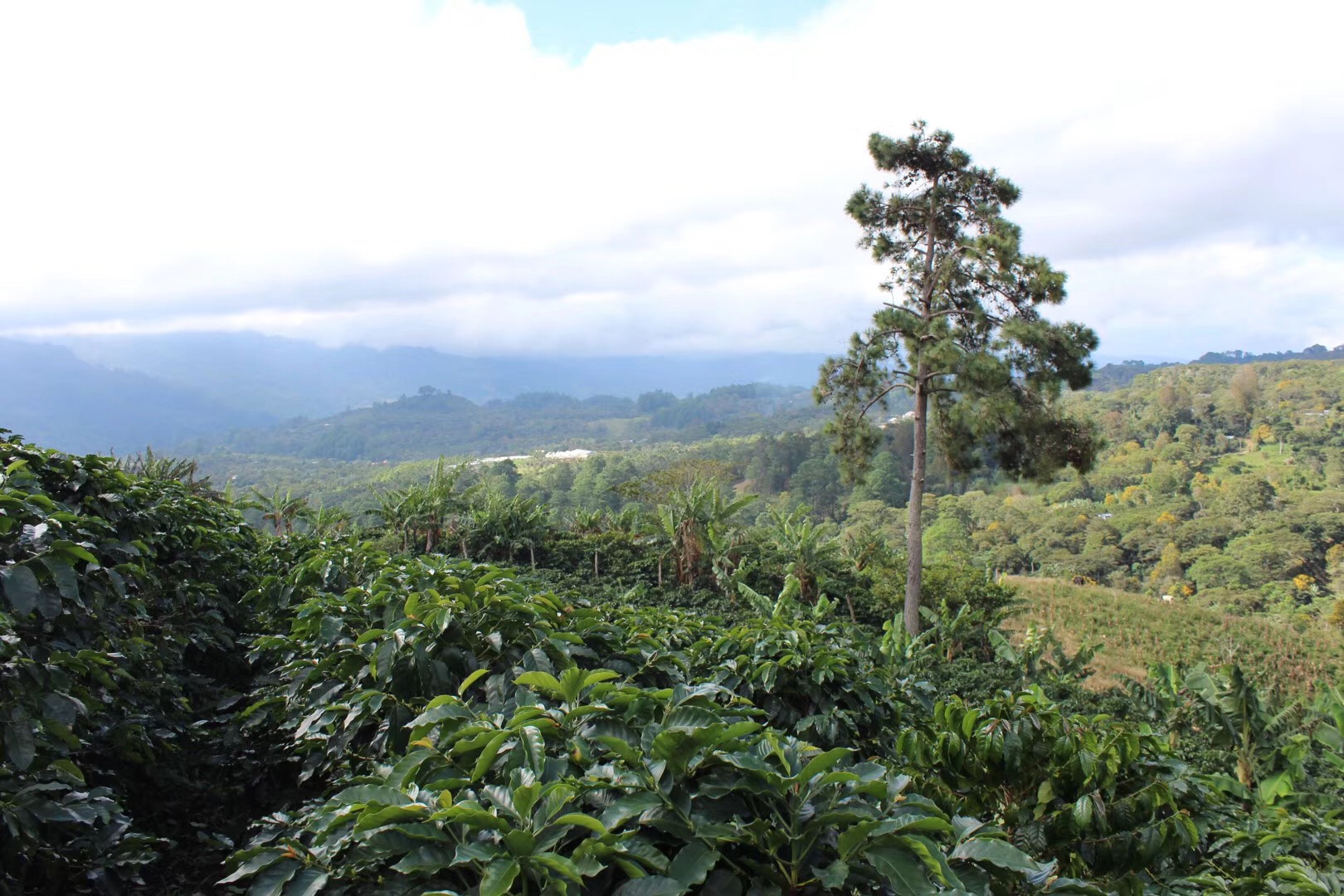
Twenty years ago in Honduras, almost none of the items such as attention to details, environmental maintenance around the disposal site, investment in treatment equipment, export procedures, logistics and transportation of raw beans could compete with neighboring countries. The quality of raw beans was naturally coarse but not meticulous, and only a few manors or CoE winning batches could be called high-quality products. Since 2007, the situation has improved. Under the leadership of the IHCAFE Coffee Bureau and many far-sighted dry processing plants, Honduras has gradually achieved results in the improvement of the treatment process and the investment in raw bean processing equipment and transportation exports. even though the international market is still low-profile, active bean bakers have invested in Hongguo coffee-producing areas in an attempt to dig out high-quality products. In terms of output, from 2011 to 2012, Honduran coffee even occupies the leading position in Central America, harvesting about 3 million bags (46kg) of coffee every year. In addition to the volume, IHCAFE and the production association and processing plant that are interested in carrying out a series of projects, hoping to provide international buyers with high quality and delicious Honduran coffee.
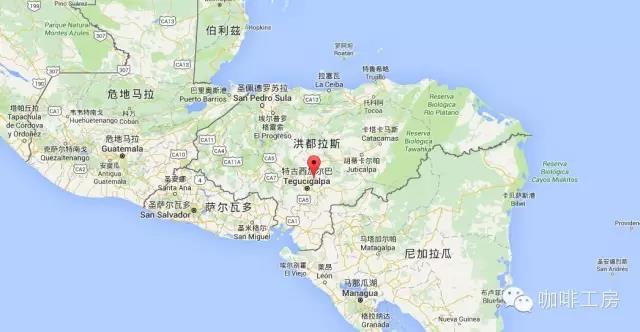
Introduction to the eight Coffee producing areas in Honduras
According to IHCAFE data, Honduran coffee can be divided into six major producing areas, mainly located in western and southern Copan, Opalaca, Montecillos, Comayagua, Agalta Tropical and El Paraiso. The average height of high-quality products is more than 1100 meters above sea level. 69% of the coffee grown in these areas is HG, and 12% is SHG,19% and CS. The main varieties are Typica, Bourbon, Caturra, Villa Sarchi and Lempira. At present, the main classification is still by altitude. The relationship between Hongguo coffee grade and height is as follows:
The following three levels and the specified altitude are--
Standard grade, planting height is 610-915m.
High Grown grade, planting height is 915-1220 (m)
Strictily High Grown grade, planting height is more than 1221 meters
I am more interested in the establishment of the Western Honduras Coffee Association, referred to as HWC, which is located in the western producing area, and its development is worthy of attention.
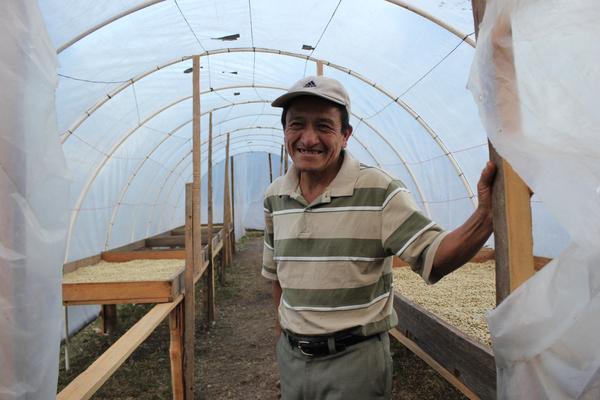
The coffee produced and labeled by HWC is the first geographical indication (PGI) protected by the Macro government, and is also registered as a property right (IP) and brand (MC) of Honduras.
(HWC) is the first Protected Geographical Indication (PGI) and Brand Collective (MC) recognized and registered by the Honduran Institute Honduran Property (IP).
In addition to promoting boutique coffee through CoE competitions, Honduras has launched more delicate and accurate regional brands, which are no different from Guardia's identification and geographical indications, perhaps because Ethiopia defends the trademark rights of geographical names such as Sidamo and Yirgacheffe. The logo of Hongguo Western Coffee has been registered at the preparatory stage and licensed by the government and the National Coffee Bureau. Their idea is to provide market purchasing reference according to the testing quality of coffee harvesting and processing in the western region, the cup testing process and the standards of Grade 1 and Grade 2, and to identify eight sub-producing areas of coffee (HWC) in western Honduras according to sensory and flavor characteristics, geographical area, climate, soil, soil, process, etc. (organoleptic characteristics, geography, climate, soil, process).
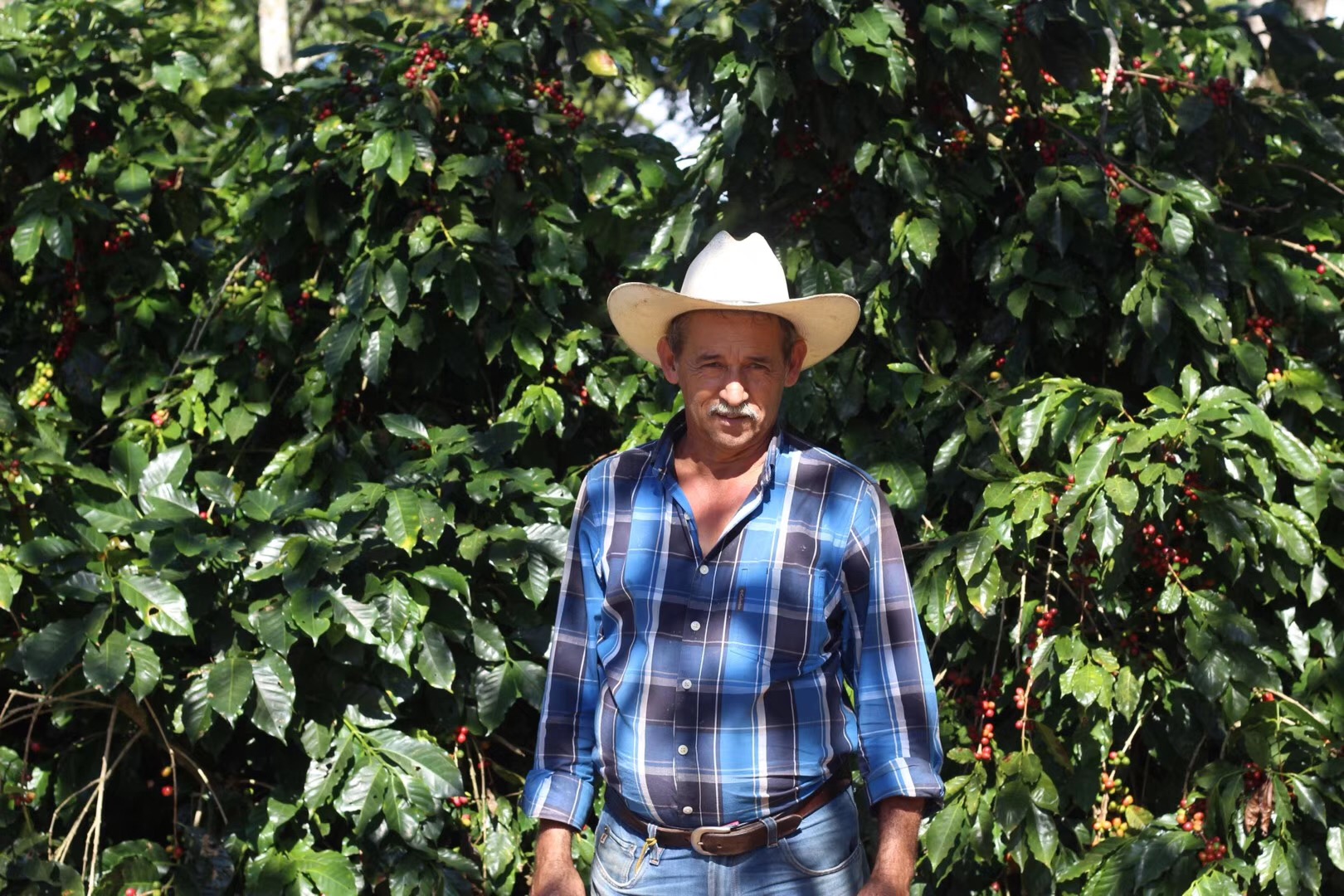
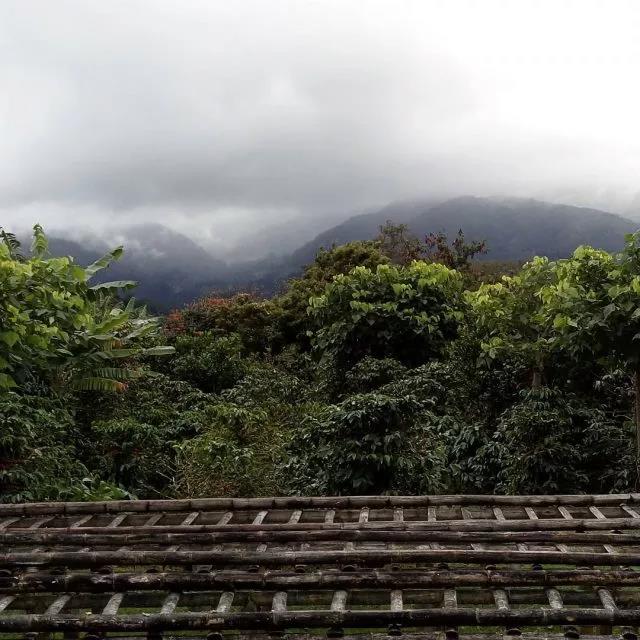
San Juan Xido region
Finca Altos de Erapuca is a small village in central Honduras, 40 kilometers northeast of Tegucigalpa, the capital of Honduras.
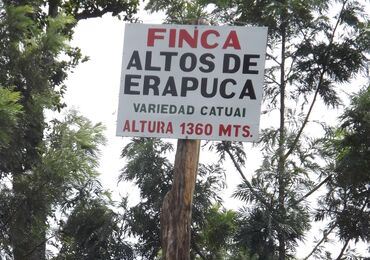
The town is under the jurisdiction of Francisco Morz á n.
Although San Juan Theodore is historically famous for its mineral deposits, the estate is located in the buffer zone of La Tigra National Park, a rainforest ecosystem.
It is also the first national park in Honduras. The park acts as a huge reservoir.
Its climate and altitude are very conducive to the production of high-quality coffee beans. The coffee here is grown on mountains 1450-1550 meters above sea level and shaded by bananas, avocados, papayas and other fruit trees.
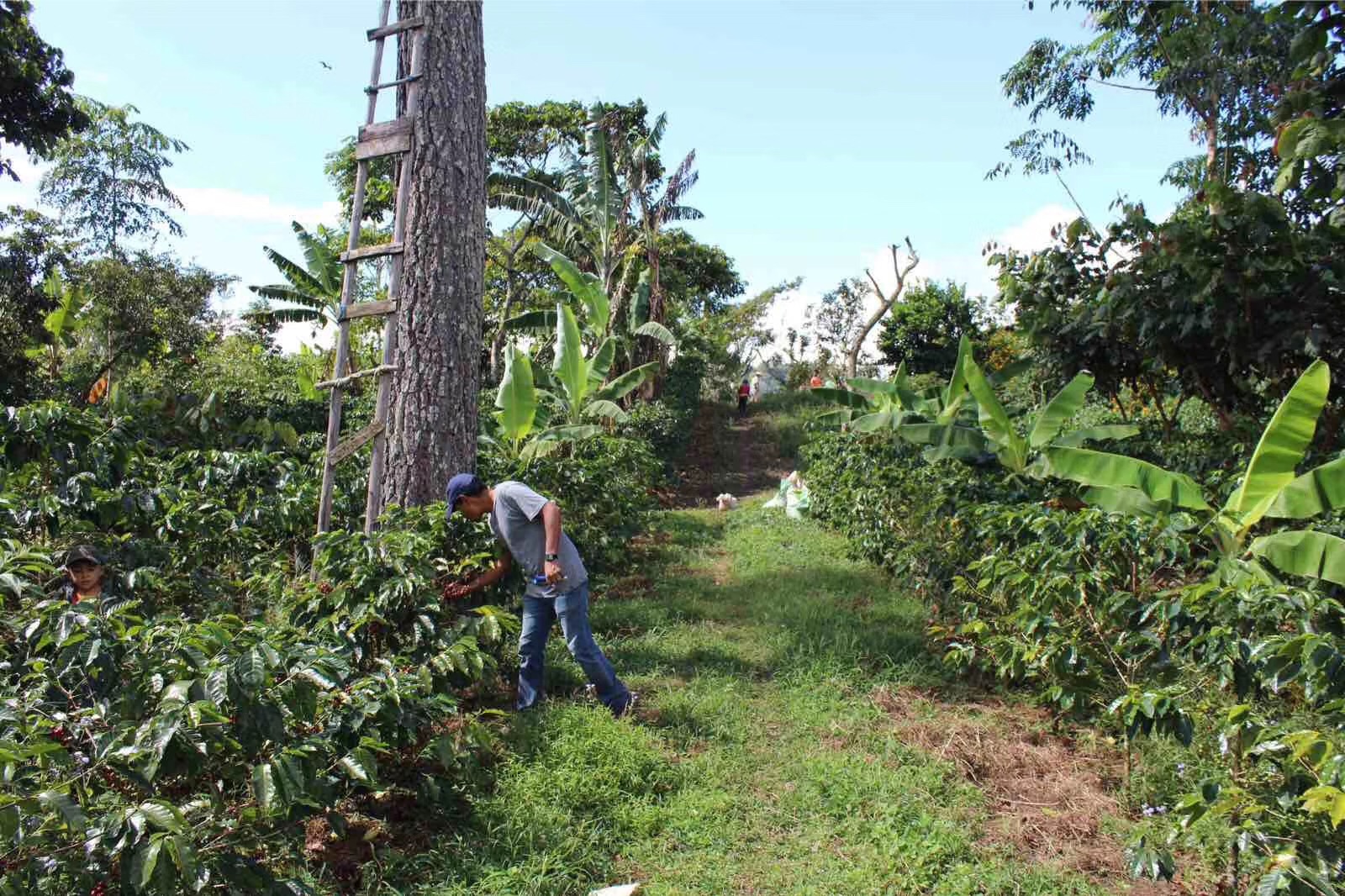
02 | processing method
Washing method
In order to facilitate harvesting, farmers will prune the coffee trees to no more than 150 centimeters, because if they grow too high, they have to set up ladders to pick, which is not only time-consuming, but also may damage the trees by bending branches. As the ripening period of each fruit of coffee beans is different, in order to maintain the good quality of coffee beans, it is necessary to pick them manually, and then select the ripe fruits. For coffee fruits of the same branch, it often takes several weeks to pick them all.
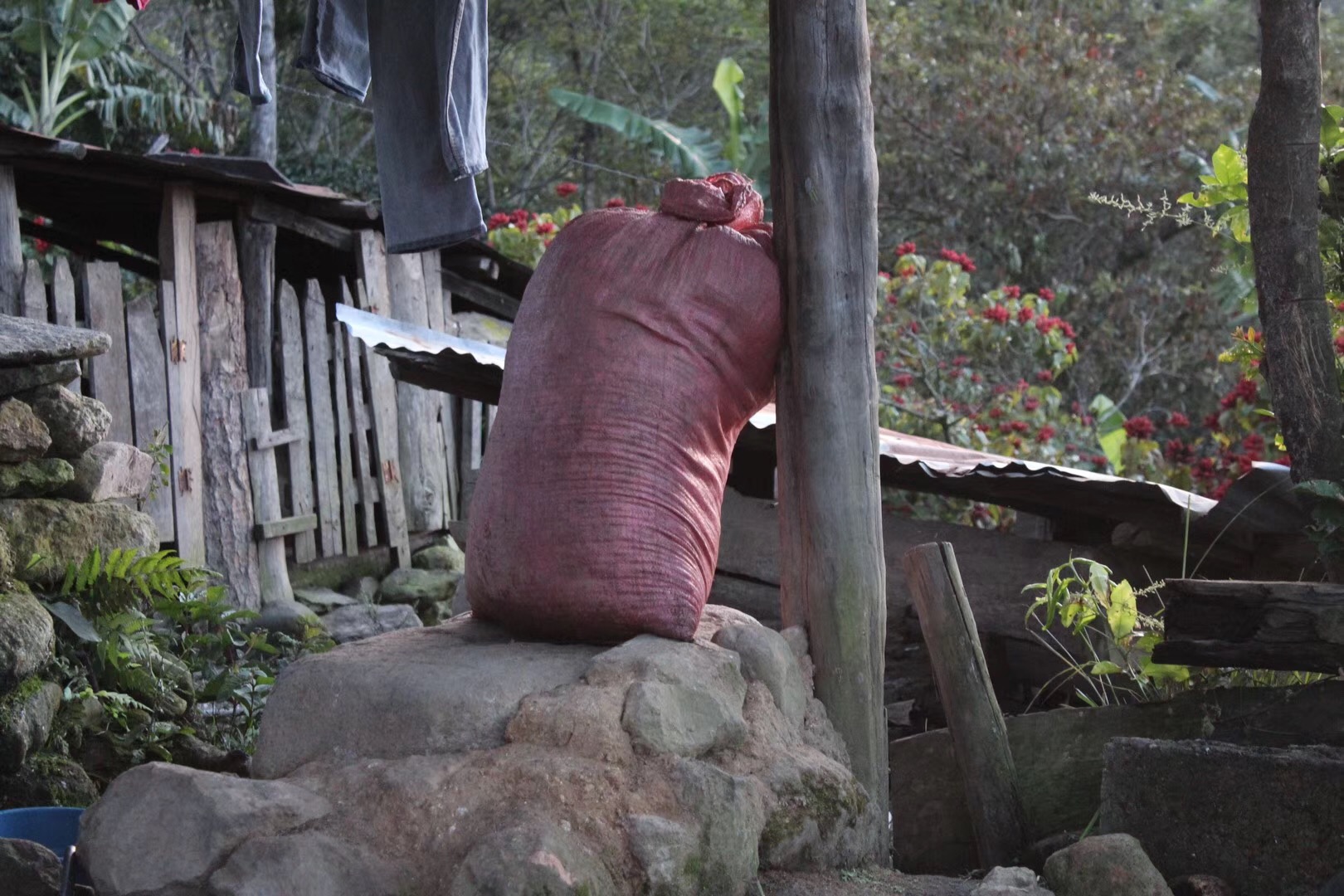
High-quality coffee in Honduras uses water washing to deal with coffee beans, usually after soaking, when the defective fruit will surface, it can be discarded first. Then put the good fruit into the fruit peeling machine and peel off the peel with the rotating force of the machine. Peeled fruits are screened by machines to select fruits of high quality. Usually the bigger the fruit, the better the maturity. Coffee in Honduras is dried in the sun, so there is always a hint of fruit in the taste.
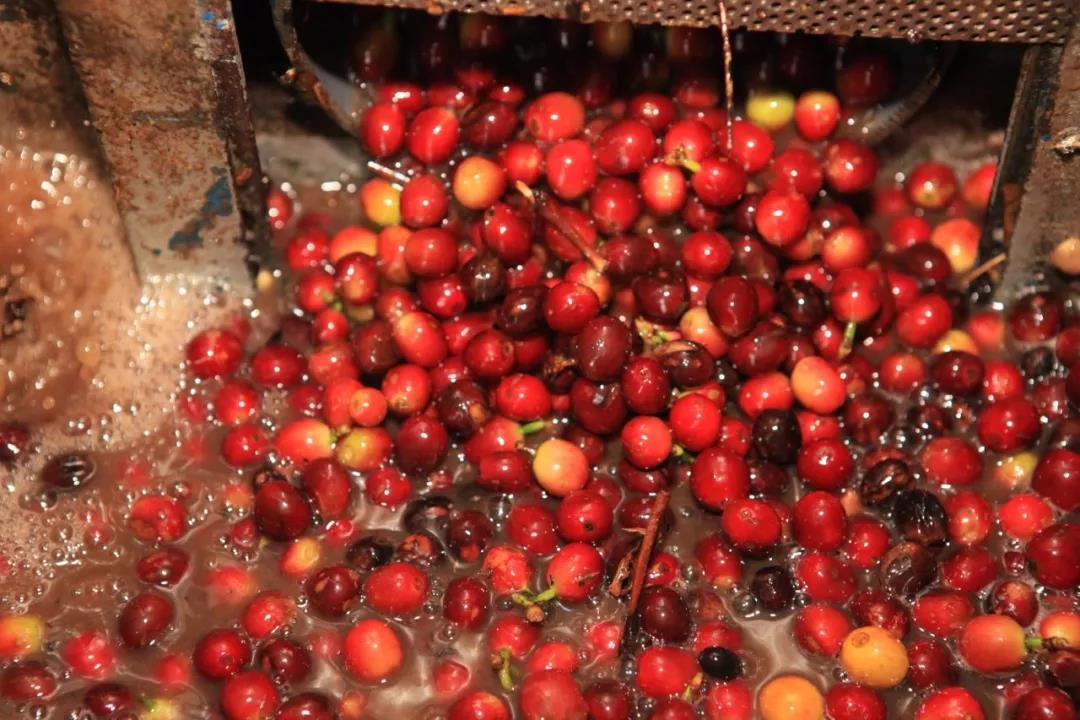
A partnership of hundreds of small coffee growers in central Honduras is located in San Juan Theodor.
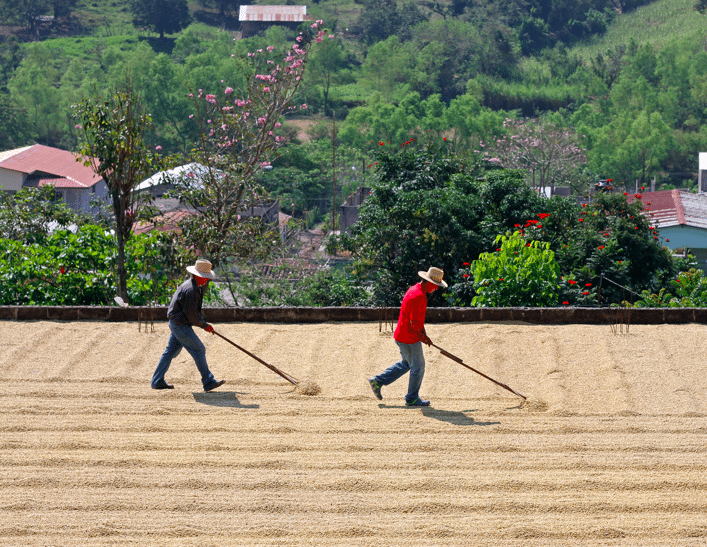
Finca Altos de Erapuca Otos Manor is a cooperative organized by hundreds of coffee farmers in the San Juan Heido area, on his charming farm
It has a washing treatment plant and a fermentor. There, he spent 10 to 12 hours dealing with the fresh coffee fruit.
And wash it clean. If you encounter special weather, dry on the drying shed for 8 to 10 days.
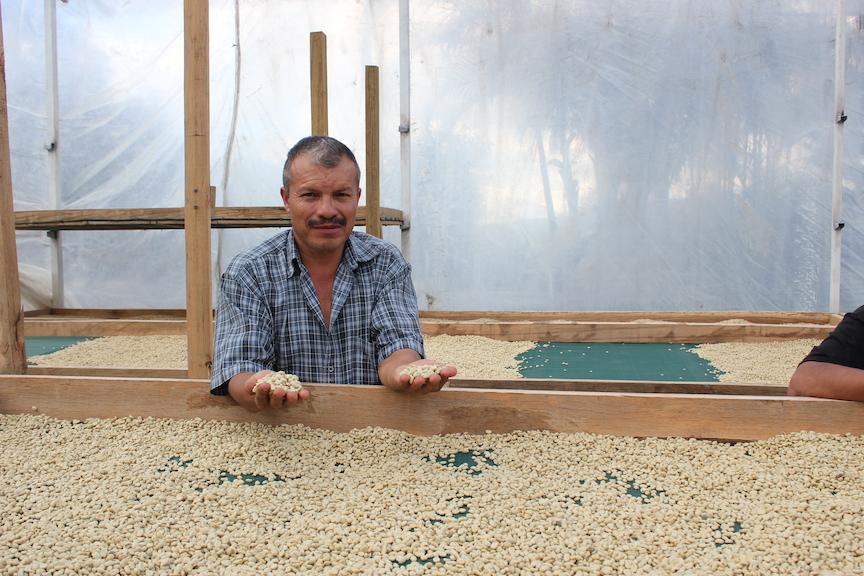
03 | Analysis of raw beans
The granules of coffee beans in Honduras are large in shape, uniform in size and glossy in color.
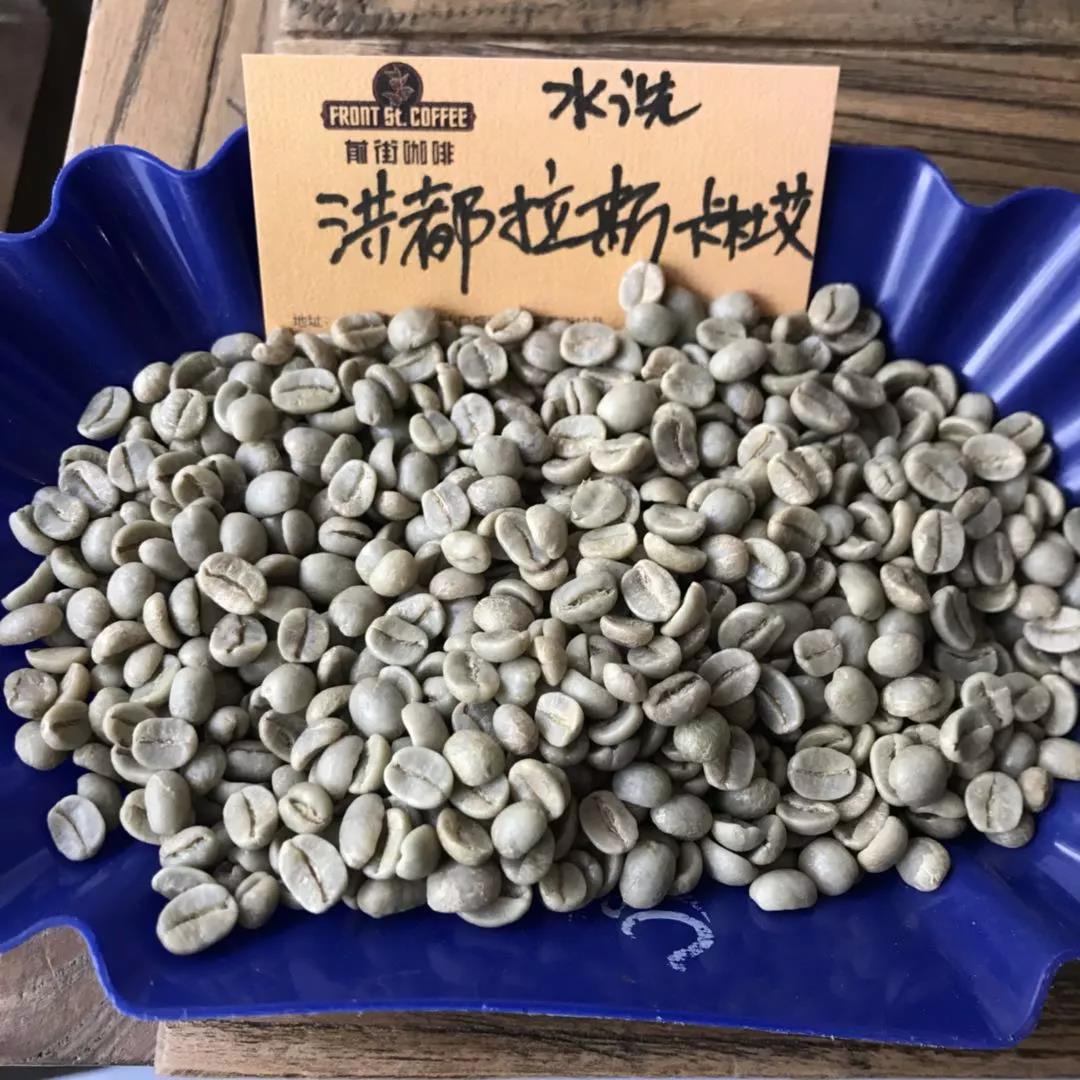
-classified by altitude
SHG
Extreme highland growth
Strictly High Grown
Over 1500 m
HG
Highland growth
High Grown
From 1000 to 1500 m
CS
Central standard
Central Standard
Under 1000 m
-grading according to defect rate
American standard USP
US preparation
European standard EP
Euro preparation
The meaning and rules of the name of coffee raw bean in Honduras:
Honduras SHG EP
Country + altitude level + defect standard
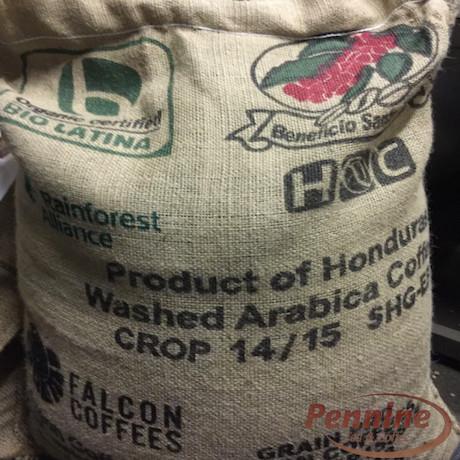
04 | Baking analysis
Honduras is a hard bean, medium water raw beans, and the size of the beans is relatively uniform, we have a general range, to develop the mellow flavor of Honduras, hard beans need to be baked to more than medium, determine the approximate range, we designed a medium, medium depth, second burst curve.
Qianjie coffee is recommended to record the data before roasting, the water content, density, origin, treatment method, ambient temperature and humidity in the baking room, etc., and plan your baking curve. Recording the chemical and physical changes during the baking process will help you better understand the final baking results and help improve the baking curve.
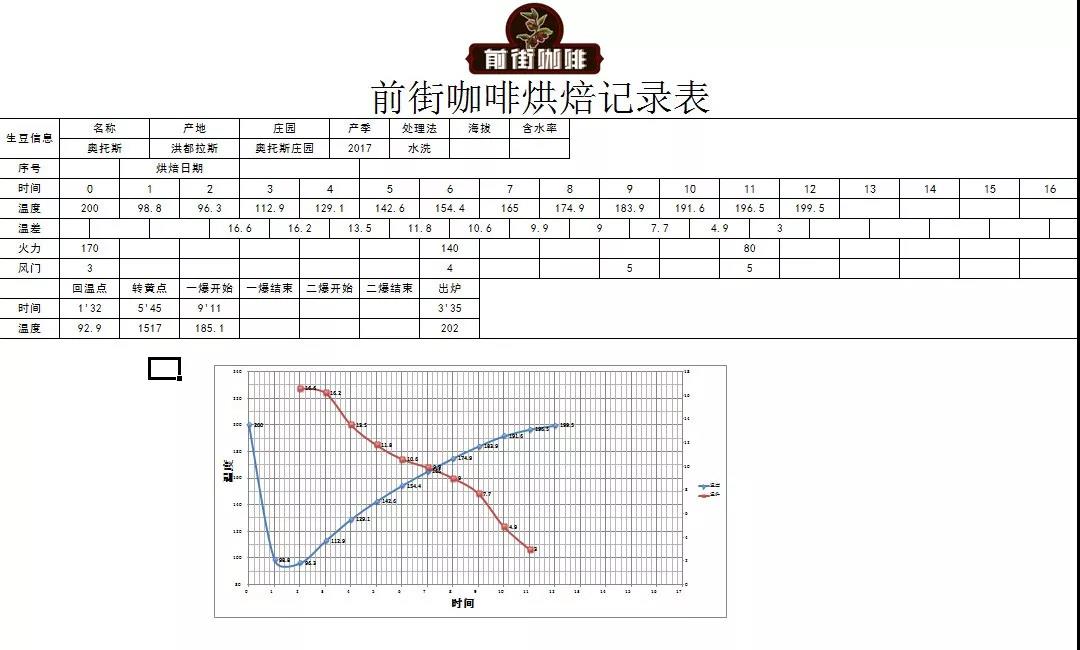
Roaster: Yangjia 800N, input 550g raw beans
Bake the curve:
The temperature of the furnace is 200 degrees Celsius, the fire power is 170C after opening the throttle for 1 minute, the throttle is unchanged, baking to 545 ", the temperature is 151.7 degrees, the bean surface turns yellow, the smell of grass disappears completely, the dehydration is completed, the firepower is adjusted to 140C, and the throttle is changed to 4.
In the 9th'00 minute, ugly wrinkles and black markings appear on the bean surface, and the smell of toast obviously changes to the smell of coffee, which can be defined as a prelude to an explosion. At this time, listen carefully to the sound of the explosion point, start to explode at 8: 23 ", turn the firepower down to 80 degrees, and the throttle is fully open (adjust the firepower very carefully, not so small as to be free of bursting sound), and put the pot at 202 degrees.

The sweetness is very good, especially the caramel sweetness is very obvious, and the full body formed by thick touch and rich greasy feeling is very delightful!
Palate: cream, baked nuts, milk chocolate
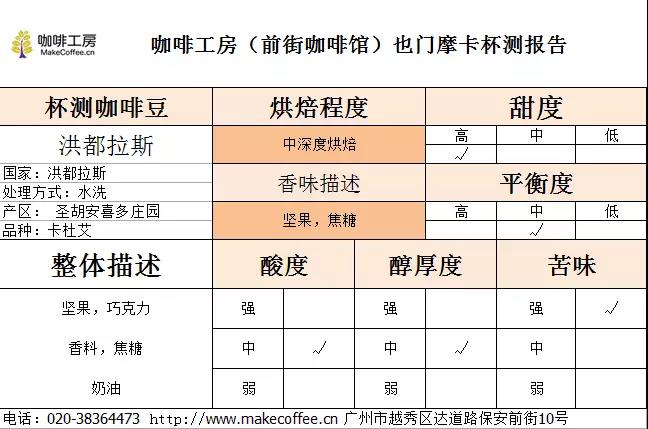
04 | Cooking analysis
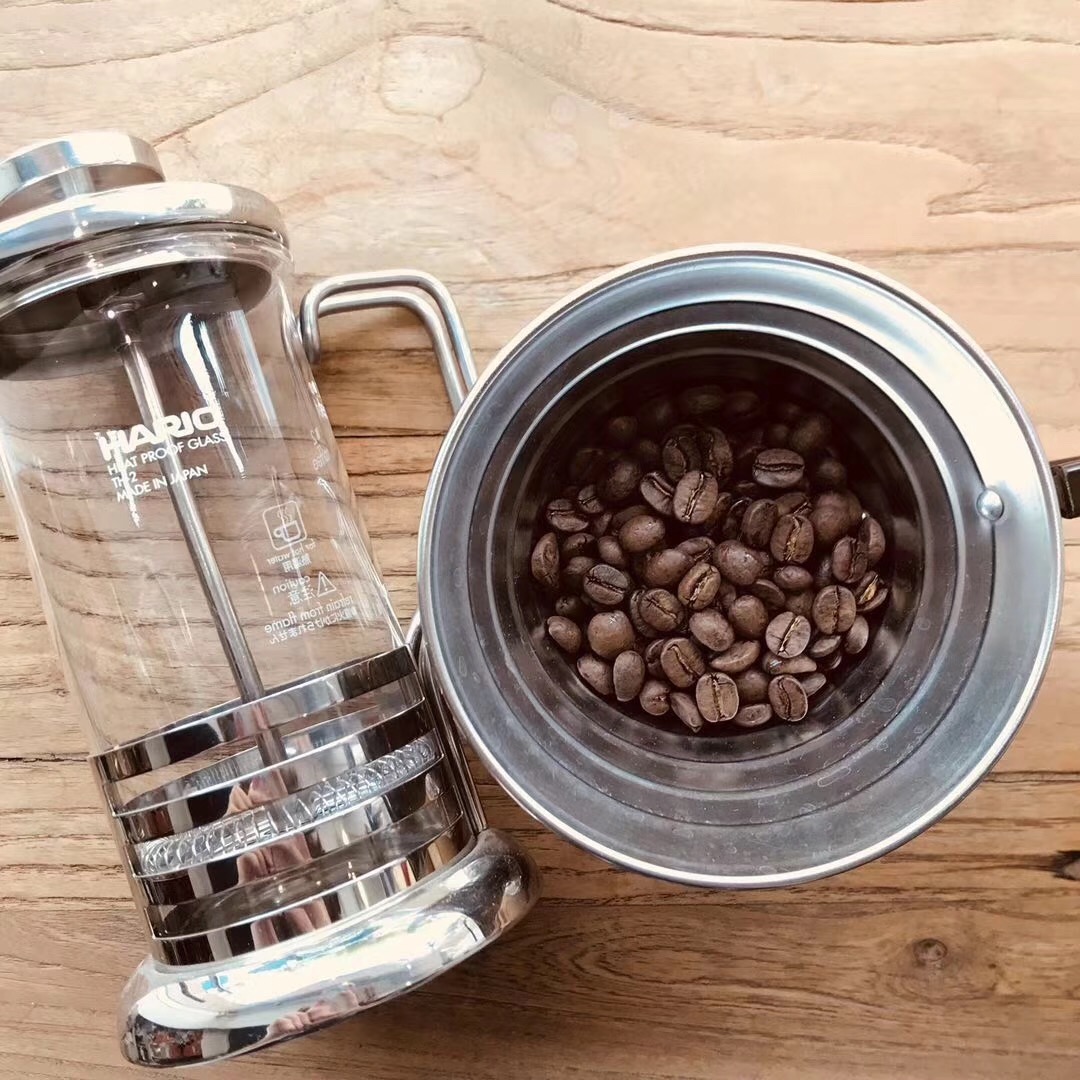
1. Filter cup: French pressure pot
two。 Water temperature: 88 degrees
3. Degree of grinding: small Fuji degree of grinding 4
4. Baking degree: medium and deep baking
5. Steaming time: two and a half minutes
Flavor: balanced, chocolate, long-lasting caramel sweetness
Qianjie coffee suggestion: 15g powder, small Fuji ghost tooth knife 4 grinding, 88 degrees water temperature soaking for two and a half minutes, pressing powder, filtering, pour out the coffee.
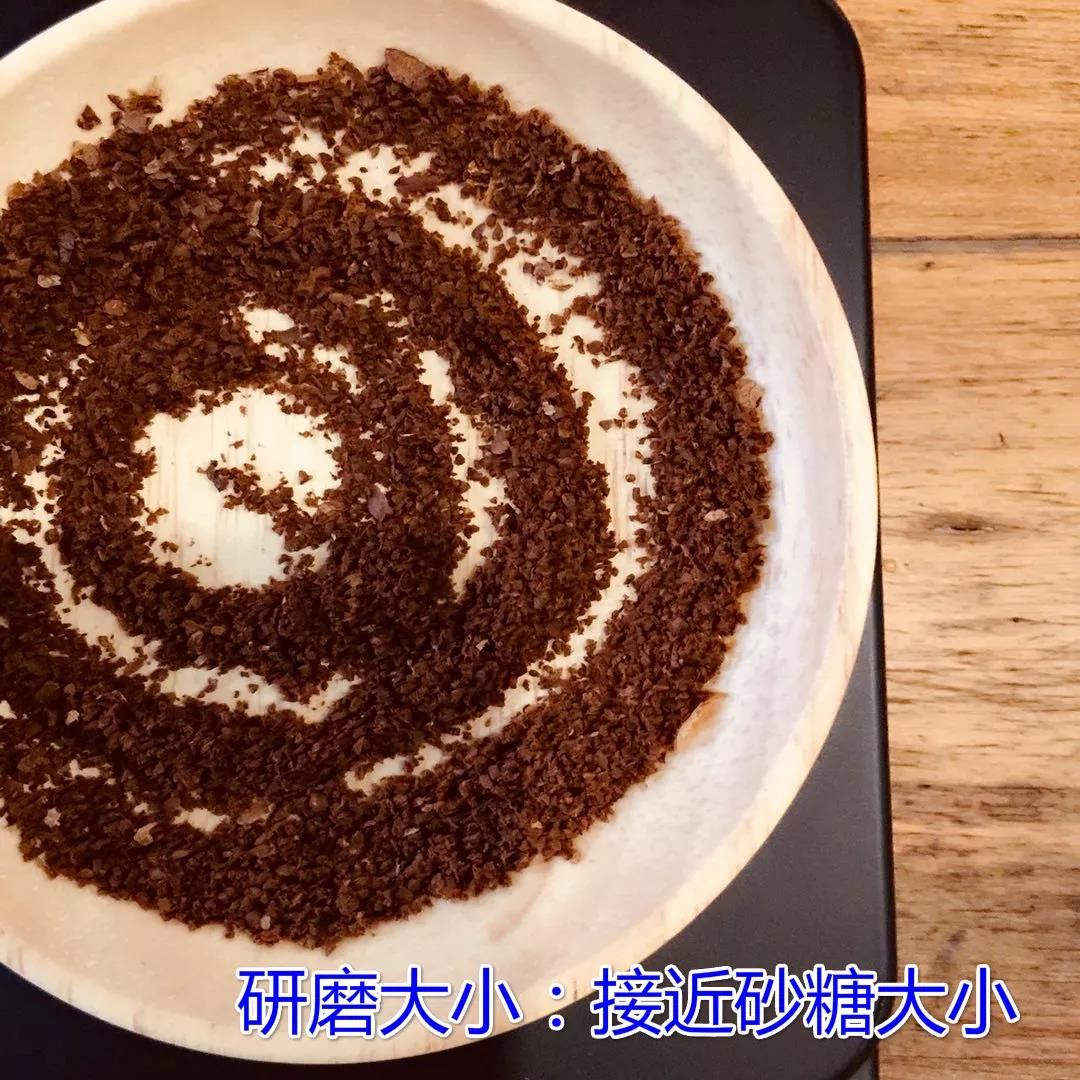
Purchase link: https://item.taobao.com/item.htm?spm=a1z10.5-c-s.w4002-15673140460.44.31906d59pIv3fe&id=525837115135
Important Notice :
前街咖啡 FrontStreet Coffee has moved to new addredd:
FrontStreet Coffee Address: 315,Donghua East Road,GuangZhou
Tel:020 38364473
- Prev
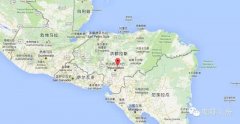
Honduras |
Honduras Honduras 01 | Honduras is located in the north of Central America, bordering the Caribbean Sea to the north, the Gulf of Fonseca in the Pacific Ocean to the south, Nicaragua and El Salvador to the east and south, and Guatemala to the west, mostly mountains and plateaus. It has a tropical climate, mild temperature and abundant rainfall, so it is an ideal place for coffee growth. There are two kinds of quality produced in Honduras.
- Next
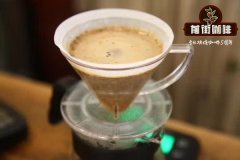
What are the flavor and taste characteristics of organic coffee in EL GUABO Guawu Community in Peru? Peruvian organic coffee
Professional coffee knowledge exchange more coffee bean information please follow the coffee workshop (Wechat official account cafe_style) Peru EL GUABO Guawu community organic coffee flavor and taste characteristics? Introduction to Peruvian organic coffee? Peru began exporting coffee in 1887 and is now the eighth largest producer and the world's largest exporter of organic coffee, accounting for 2 million bags a year.
Related
- Detailed explanation of Jadeite planting Land in Panamanian Jadeite Manor introduction to the grading system of Jadeite competitive bidding, Red bid, Green bid and Rose Summer
- Story of Coffee planting in Brenka region of Costa Rica Stonehenge Manor anaerobic heavy honey treatment of flavor mouth
- What's on the barrel of Blue Mountain Coffee beans?
- Can American coffee also pull flowers? How to use hot American style to pull out a good-looking pattern?
- Can you make a cold extract with coffee beans? What is the right proportion for cold-extracted coffee formula?
- Indonesian PWN Gold Mandrine Coffee Origin Features Flavor How to Chong? Mandolin coffee is American.
- A brief introduction to the flavor characteristics of Brazilian yellow bourbon coffee beans
- What is the effect of different water quality on the flavor of cold-extracted coffee? What kind of water is best for brewing coffee?
- Why do you think of Rose Summer whenever you mention Panamanian coffee?
- Introduction to the characteristics of authentic blue mountain coffee bean producing areas? What is the CIB Coffee Authority in Jamaica?

